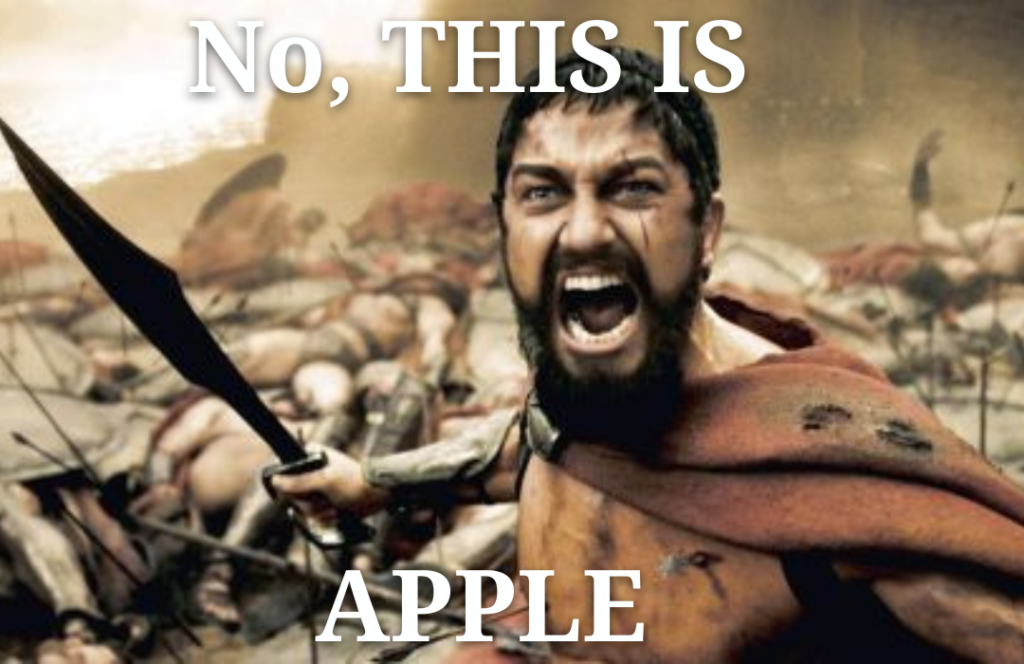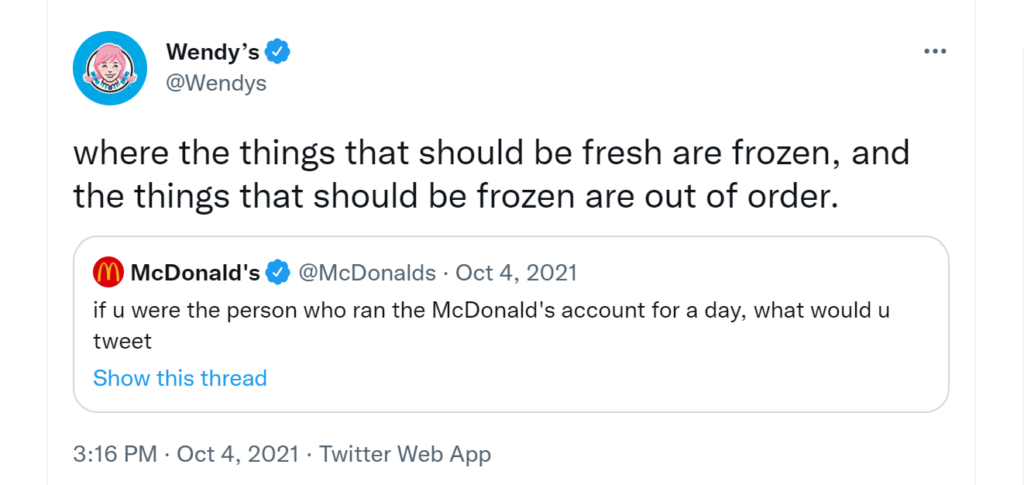Batman or Spiderman? Wonder Woman or Captain Marvel? These are age old questions that friends and comic book lovers will passionately debate for years to come.
If you don’t have people arguing about your show or your brand, it’s likely it won’t be one that is remembered. When Game of Thrones was airing on HBO every Sunday, the following morning, you would see everyone and their mother at the proverbial water cooler, discussing the previous night’s episode.
But while it’s clear that being polarizing can be a boon for entertainment, what does this mean for other types of products? Are people arguing about Charmin vs. Scott like they are about Tony Soprano’s ultimate fate? No, not exactly. But when my wife and I moved in together, deciding what brand of toilet paper we would stock the house with was a more complicated negotiation than I ever expected it to be.
What Makes a Brand Polarizing?
There are plenty of ways that brands become polarizing, from their products to the way they run the company itself. When a company takes a stance about a political or social cause they often elicit a polarized reaction. For example, Aunt Jemima being taken off the syrup bottle, Chick-Fil-A closing on Sundays for rest and worship, or Tesla putting the Not-A-Flamethrower – but definitely a flame thrower – for sale on their website. Decisions like these may generate hostility from some quarters but might also bring supporters out of the woodwork to defend the brand.
Looking at Polarization in Different Categories
Miracle Whip
In 2011, Kraft did research into consumer’s opinions toward their product and they found that their mayonnaise alternative had a substantial amount of people who loved it but an equal number of people who hated it. Rather than re-formulating in an attempt to please the haters, they decided to embrace the hate with a “love ‘em or hate ‘em” campaign which pit people against each other on social media. The result? A 641% increase in social media buzz and a 14% increase in sales.
Apple and Android
The visceral reaction Apple users have when they see a green text bubble, although unwarranted, is a perfect example of brand polarization. Apple makes a point of distinguishing their products vs. the lowly Android, with everything from their user interface to the available ports. (I mean who plugs in earbuds anymore, right?) Apple works hard to make their users feel passionate about their product while ostracizing non-users with the dreaded green text bubble. One wonders how many Android users have been shamed by their friends into switching to Apple. I’ve even been told I can’t be part of group chats because of the type of phone I have! It’s blasphemy!
Apple manufactures and markets their products to seem like they’re one of a kind, making every aspect unique, even the price point. And it seems to be an effective way to leverage brand polarization, given that Apple’s value has tripled since 2018.
Polarization and Social Media
Creating polarization in a brand will cause increased social media buzz and could surge sales. Social media allows people to discuss and debate brands that we love and hate. A simple tweet, “Coca-Cola or Pepsi?” or Wendy’s Twitter account calling out another fast-food business can ignite a day long argument on Twitter. A conversation that used to happen in some dive bar in the middle of nowhere between two people, can now be had on a platform for millions of people to enjoy.
Reaction is the key word. Get people talking, so that someone will think, “you know what would be really good for lunch today?” Polarization can force people into brand loyalty, “I only eat at Wendy’s” or “I only drink Coke.” It can also turn people away, which is the nature of polarization.. The key for a brand confronted with polarization is finding the right way to utilize it to enhance the brand’s stature without turning away potential customers.
MAi Research has been doing research into polarization and how it affects consumers’ opinions toward a company. To learn more about how MAi Research and Pathfinder Analytics work with clients to creatively address challenging business questions, including polarization, check us out at www.mairesearch.com













